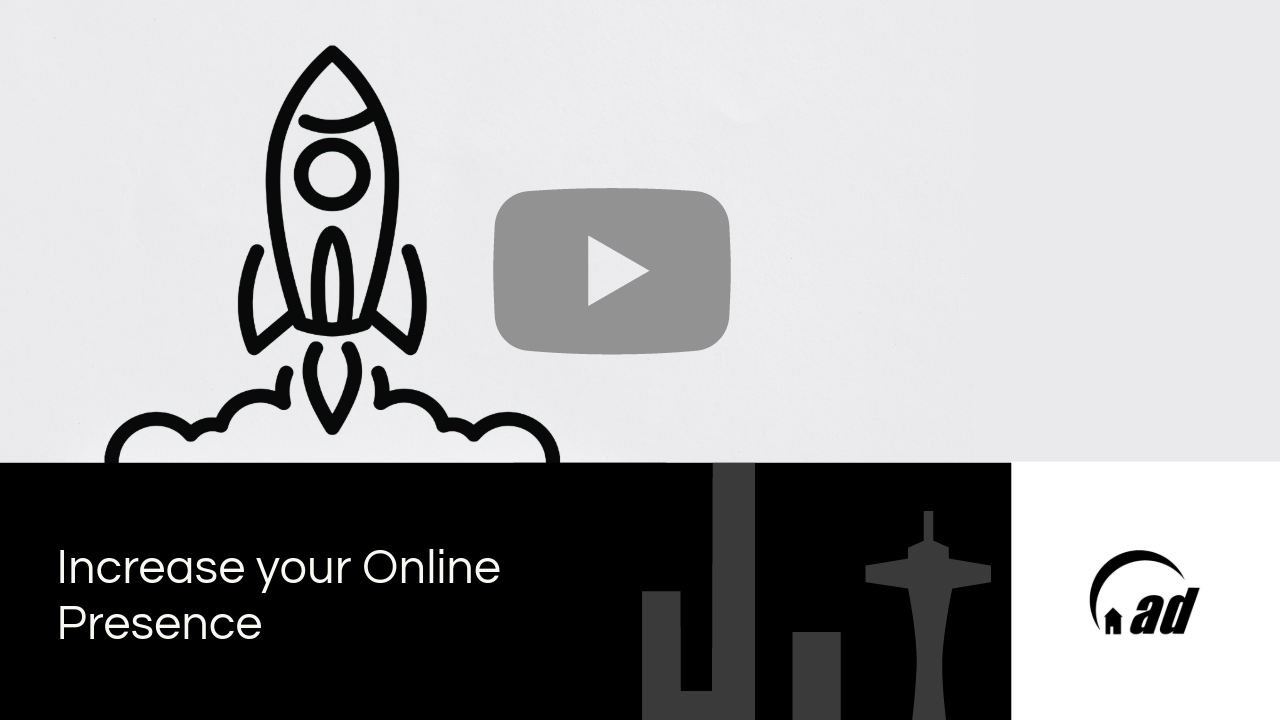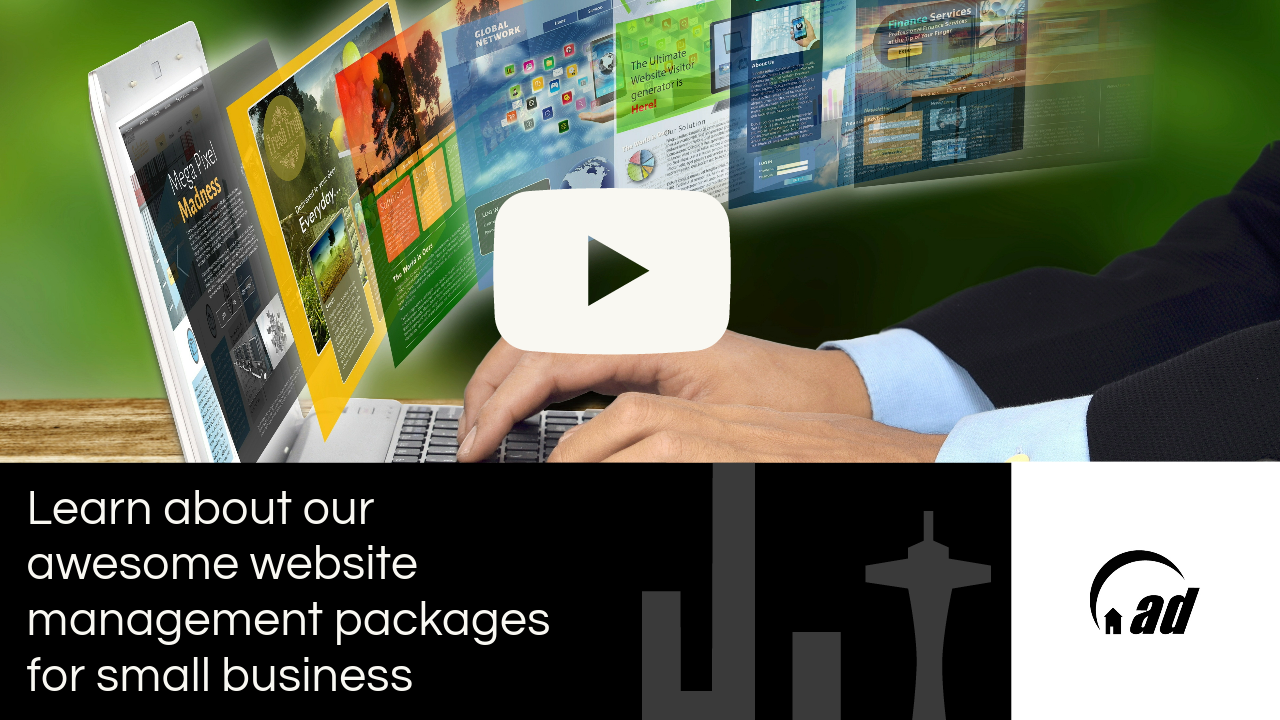By Allshouse Designs PR Team
•
July 28, 2025
From Story Seeds to Business Success You've spent weeks—or even months— planting narrative seeds and nurturing your brand's online storyline, carefully cultivating a garden of curiosity and engagement. But when does your investment in storytelling begin to truly bear fruit? The answer is when your narrative inspires your audience to cross that bridge from passive observer to active participant. At Allshouse Designs , we believe the ultimate goal of story-driven digital PR isn't just engagement —it's conversion. In this post, we'll take you on a journey from storyline to sale, revealing how a well-tended brand narrative can blossom into tangible business results. Why Storylines Drive Conversions A memorable brand story is more than a marketing flourish— it's the secret ingredient that turns browsers into believers . When audiences are emotionally invested in your brand's journey, they're more likely to trust you, try your products, and become loyal advocates. Research from Harvard Business Review demonstrates that brands with compelling stories enjoy higher conversion rates and greater customer lifetime value. The magic unfolds when your storytelling extends beyond simple awareness, nudging your audience toward action, whether it's making a purchase, signing up for a newsletter, or sharing your message. Stories create context, forge connections, and make your brand memorable. They invite your audience to see themselves in your narrative, laying the groundwork for a productive relationship that leads to real-world results. Map Your Story to Your Buyer's Journey Every conversion is part of a larger, multi-chapter journey that your audience takes with you. As you develop your brand narrative, ensure it aligns seamlessly with your audience's path from discovery to decision. Pinpoint the key touchpoints where your story can gently nudge potential customers forward—whether through captivating blog posts at the awareness stage , compelling testimonials and behind-the-scenes content during consideration, or irresistible offers at the decision point. Consider how your micro-narratives and carefully crafted content upgrades can resolve doubts and build trust at every stage. By guiding your audience through the story arc of your brand, you make every interaction purposeful and meaningful, setting the stage for conversion. Use Content Upgrades and Lead Magnets Once your audience is hooked, offer them a path forward that deepens their involvement in your brand's story. Content upgrades —such as downloadable guides, checklists, or exclusive videos—can serve as stepping stones from casual interest to committed engagement. If your storyline teases an upcoming product launch, consider offering a sneak preview, early-bird access, or a "VIP list" sign-up. Each of these micro-conversions transforms passive readers into active participants, warming them up for the moment of decision. Effective lead magnets are more than transactional—they feel like secret chapters in your ongoing brand saga, rewarding curiosity and fostering a sense of exclusivity. By weaving your content upgrades into your narrative, you not only capture leads but also strengthen the emotional connection between your great audience and your brand. Integrate Storytelling Into Your Calls to Action Generic CTAs rarely inspire action, but story-driven calls to action can spark genuine excitement. Instead of simply asking your audience to "Buy Now," invite them to "Be part of our next chapter" or "Experience the future with us." By embedding your narrative into every call to action , you create a sense of belonging, urgency, and purpose. Your CTAs should feel like a natural extension of your story—an invitation to step further into a world you've already begun to build. Personalized, story-driven CTAs not only boost conversion rates but also help your audience feel like valued members of your brand community, rather than mere customers. Retarget and Remind with Story-Based Campaigns Even the most engaging story may need a gentle nudge to bring someone back for the next chapter. Not every visitor will convert on their first encounter, but your ongoing storyline keeps the narrative alive and the door open. Use retargeting ads , segmented email sequences, and social media reminders—all built around your narrative arc—to re-engage your audience. Share "chapters" they may have missed, offer updates on the journey, or present new twists that rekindle their interest. Story-based nurturing is powerful because it turns reminders into invitations, not interruptions. By keeping your narrative evolving and accessible, you give hesitant prospects every reason to return—and convert—when the timing feels right. Measure What Matters: Story-Driven Conversion Metrics To reap the rewards of your storytelling efforts, you need to track the right metrics—the signposts that mark your progress from engagement to conversion. Focus on indicators such as landing page conversion rates from story-driven campaigns, click-through rates on narrative-based CTAs, downloads or sign-ups for content upgrades, and sales or inquiries referencing your ongoing storyline. Using robust analytics tools and PR metrics , you can identify which chapters of your story resonate most and where audiences are dropping off. This data-driven approach helps you refine your narrative, optimize your campaigns, and maximize your return on your company's investment. By consistently measuring and learning, you ensure your brand's story continues to grow and deliver measurable results. Real-World Example: Storyline to Sale Imagine a brand that seeded a narrative about local artisans crafting eco-friendly products, inviting their audience behind the scenes from material sourcing to the final reveal. Engagement blossomed as readers followed each chapter, eagerly anticipating what came next. When launch day arrived, the CTA—"Be the first to own a piece of our story"—transformed fans into customers, resulting in record-breaking pre-orders and enthusiastic brand advocates. This is the true power of narrative-driven conversion: your audience doesn't just buy a product—they invest in a story they've been a part of. Case studies like this highlight how compelling storytelling can create an emotional bond that naturally leads to sales and long-term loyalty. Reap the Rewards of Strategic Storytelling Storytelling is more than a branding exercise—it's a dynamic, revenue-driving strategy that brings your brand to life in the hearts and minds of your audience. By mapping your storyline to the buyer's journey, offering value at every step, and integrating your narrative into each CTA, you transform attention into action and engagement into real business growth. As you harvest the results of your narrative work, remember that every interaction is an opportunity to nurture trust, spark excitement, and deepen relationships. If you found this guide helpful, share it with your team or network and help other brands unlock the power of storytelling-driven conversions. Let Allshouse Designs help you bridge the gap between storytelling and sales. Our team specializes in crafting and optimizing digital PR campaigns that take your brand from seed to saga—and finally, to measurable success. Contact us to start converting your story into results! About the Allshouse Designs PR Team The Allshouse Designs PR team is a dynamic group of digital strategists, storytellers, and media specialists dedicated to helping brands grow their influence online. With decades of combined experience in public relations, content creation, and digital marketing, our team excels at blending creative storytelling with data-driven strategies that deliver measurable results. From small businesses to well-established companies, we take pride in crafting authentic narratives, fostering lasting relationships, and amplifying our clients' voices across every digital channel. Trust Allshouse Designs PR to plant the seeds of your story and nurture them into a thriving, memorable brand presence. Connect with us at sales@allshousedesigns.com to start growing your story today!








